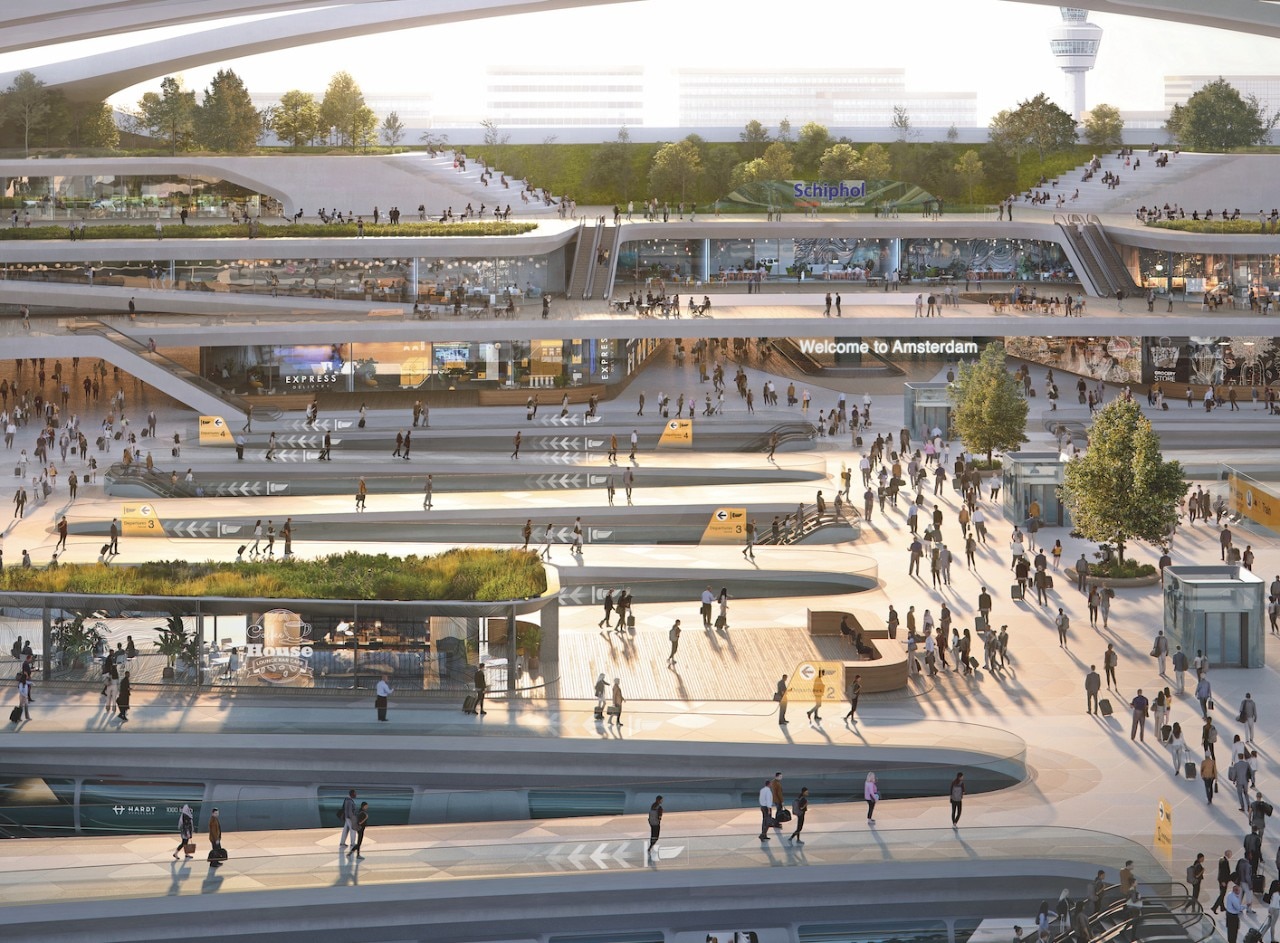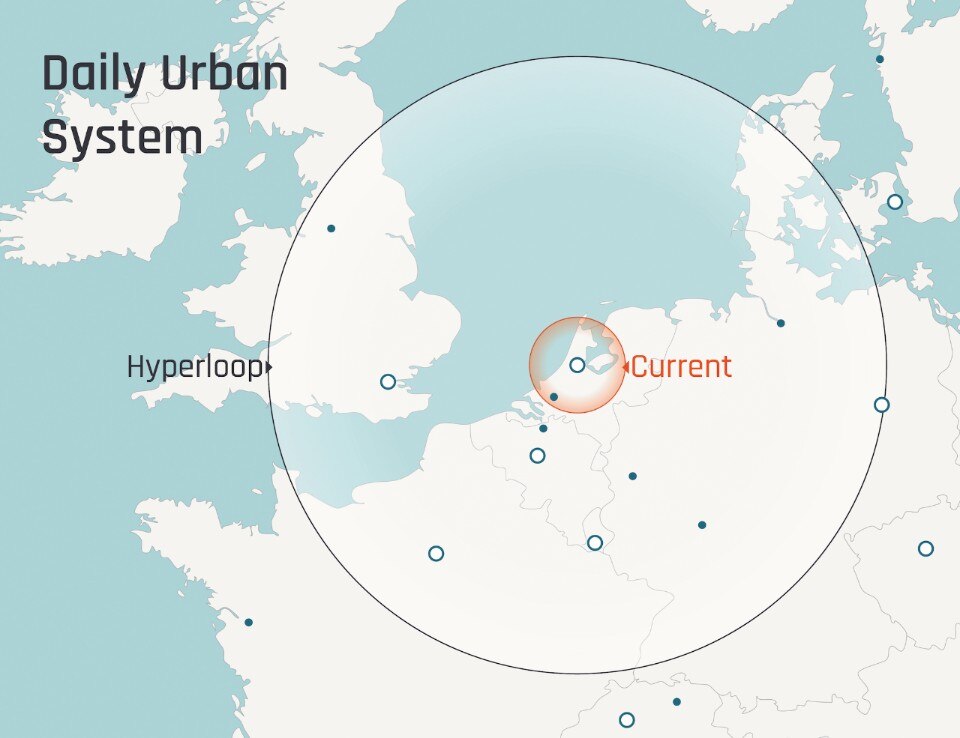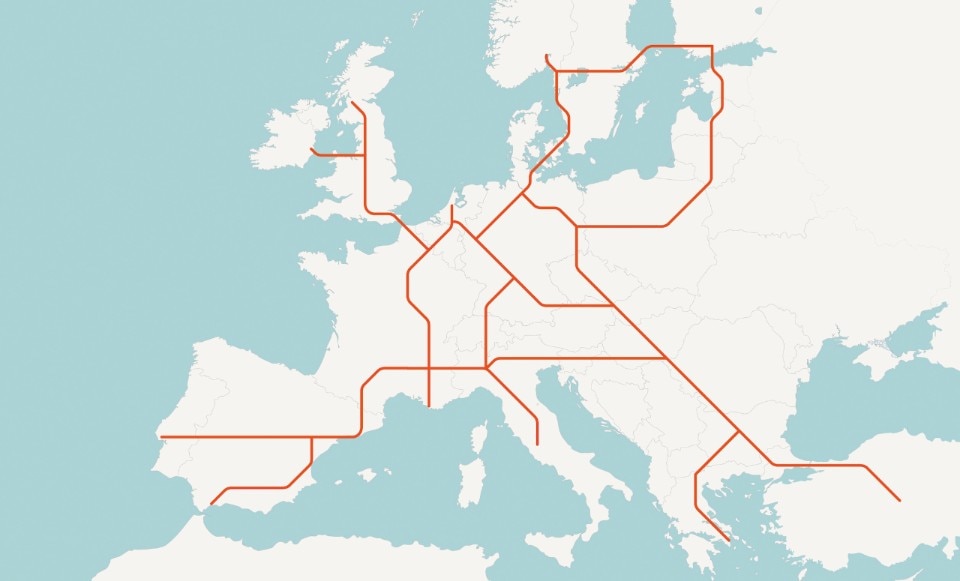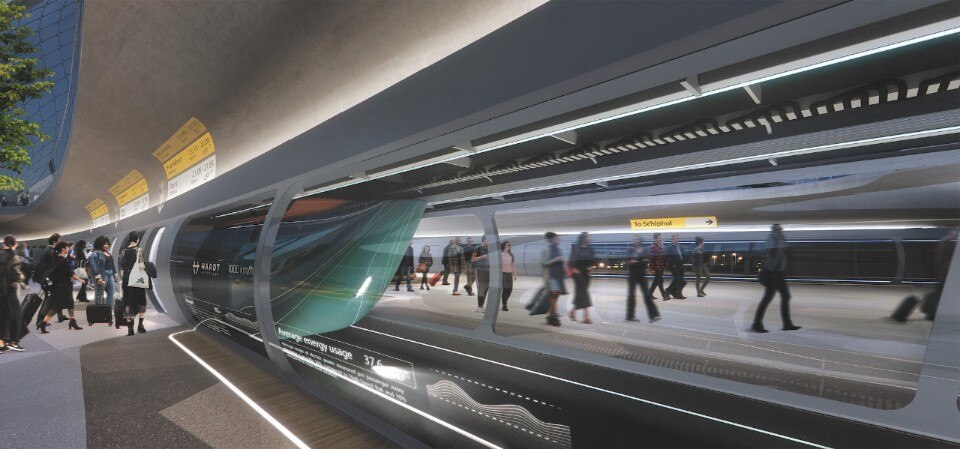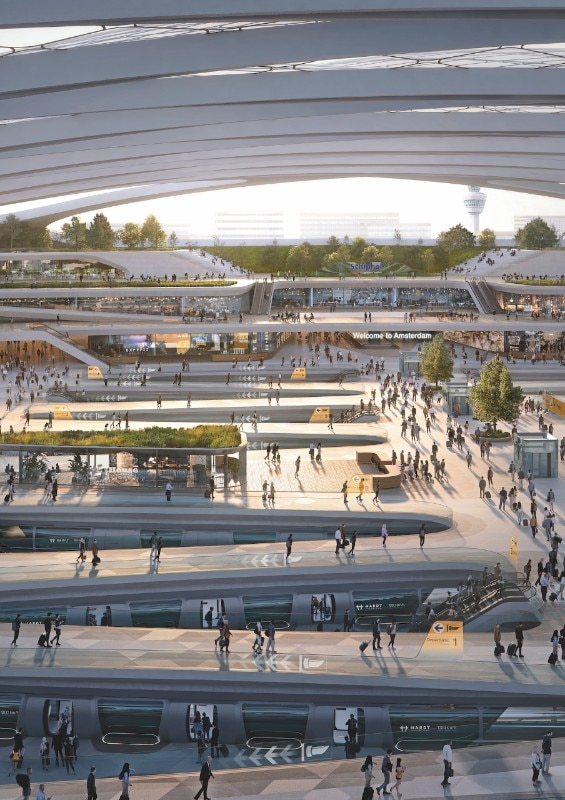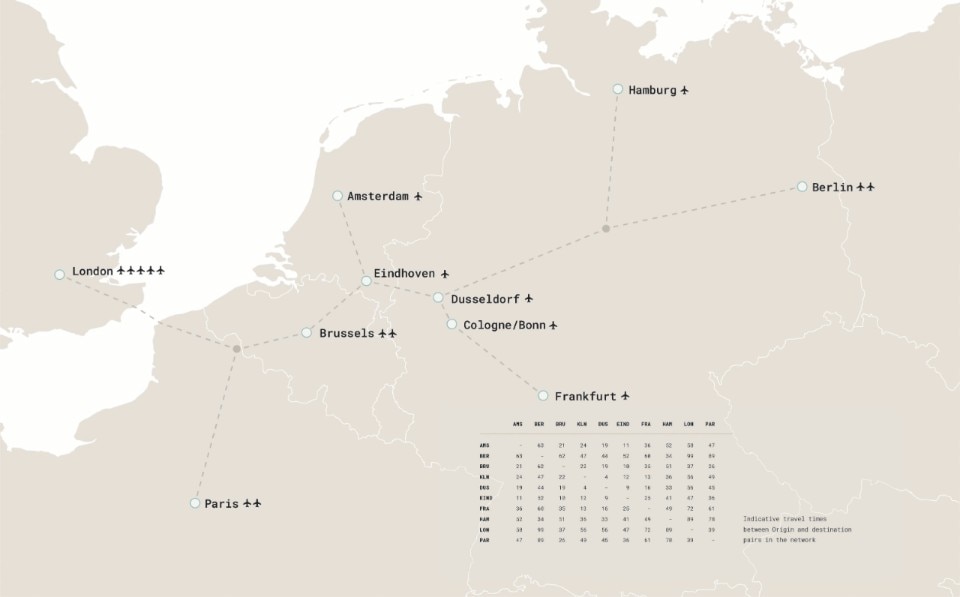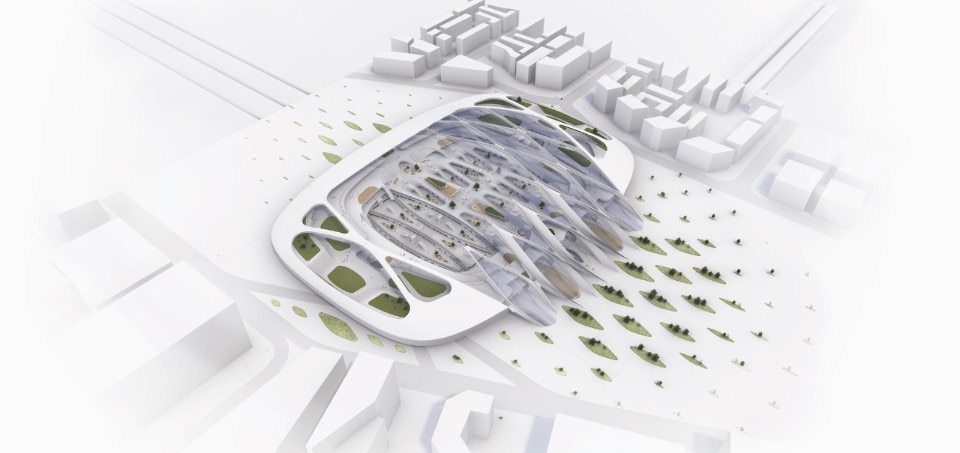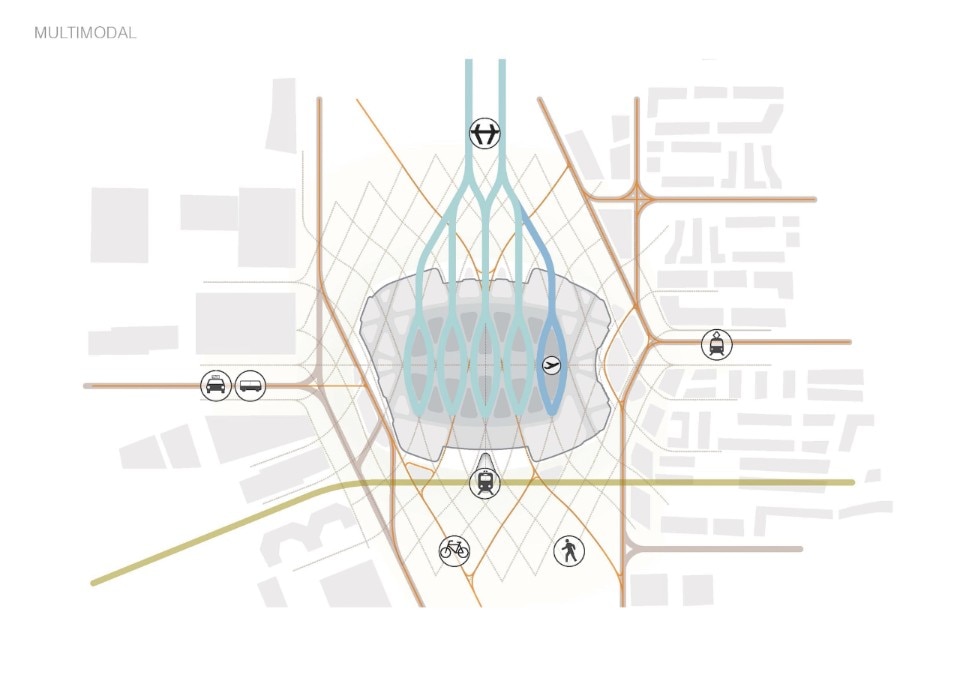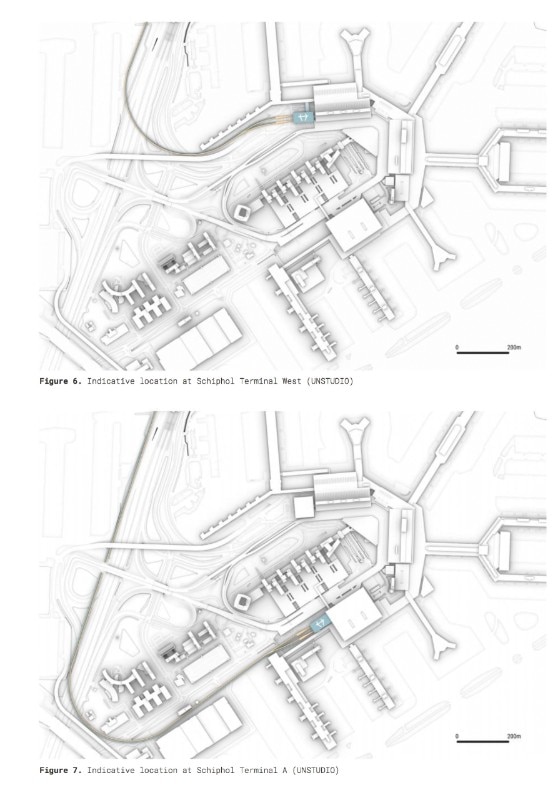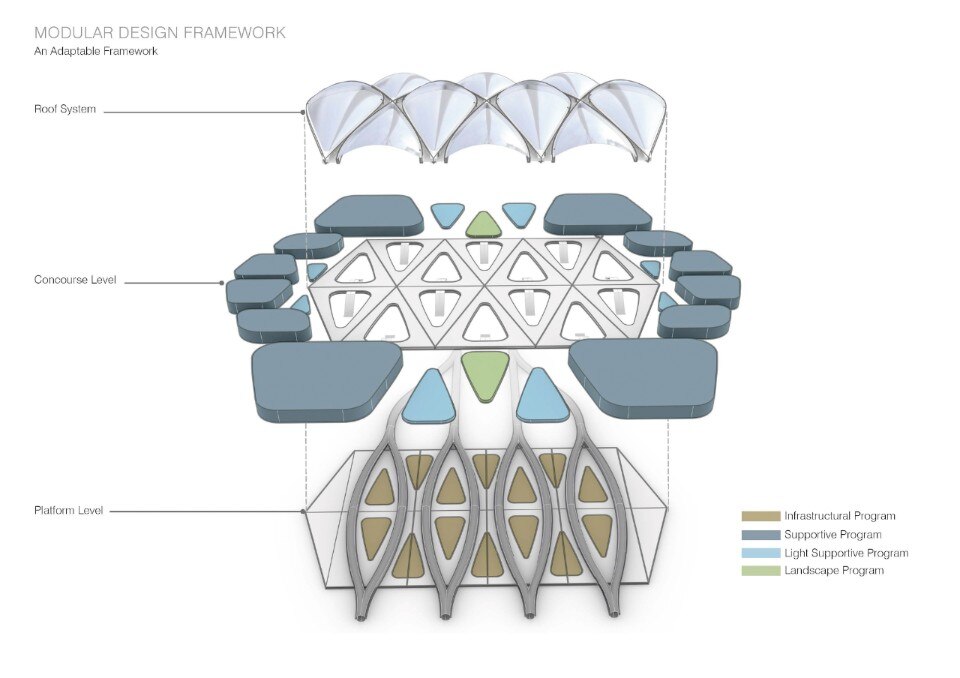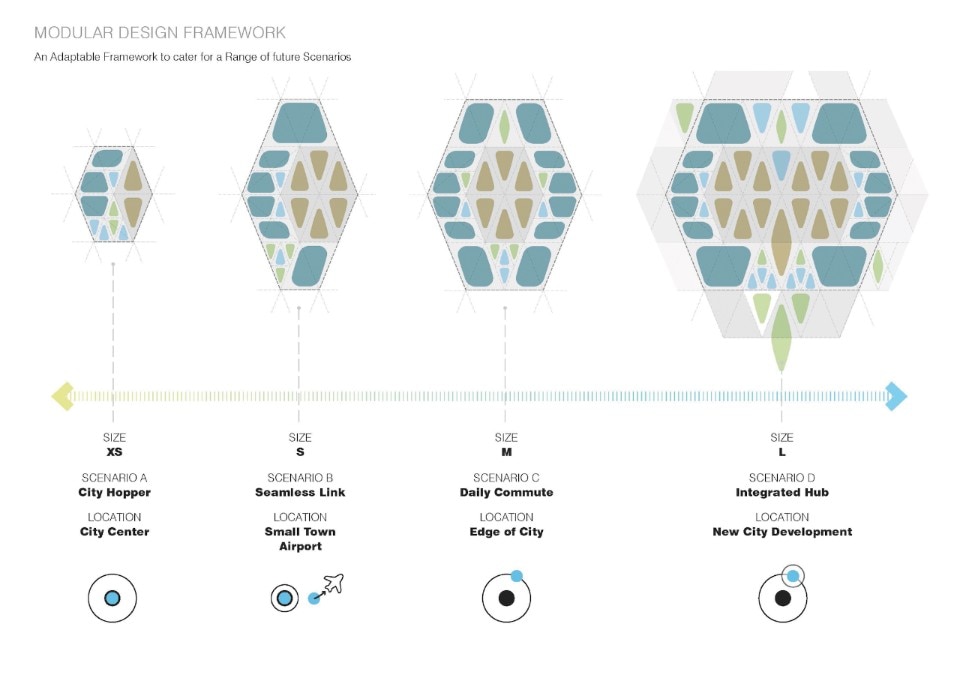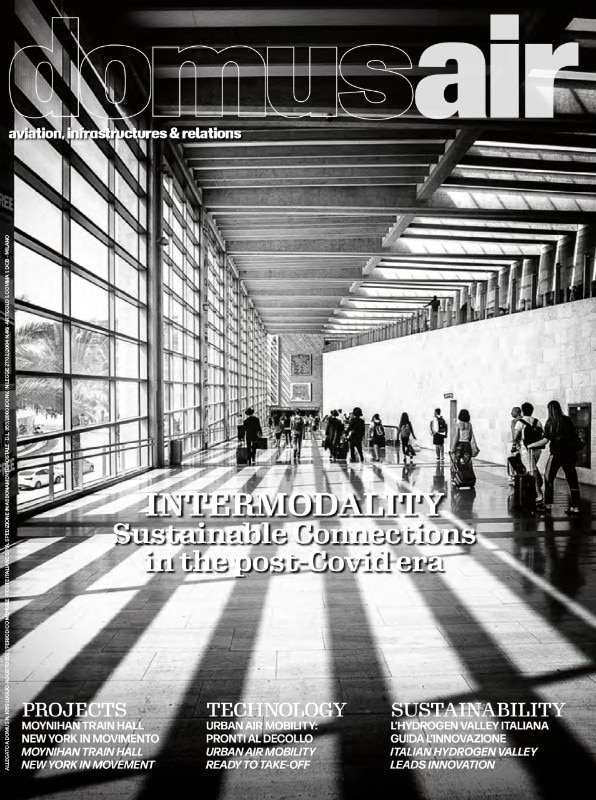This article was originally published on Domus Air special issue, July/August 2021.
With urban populations expected to grow by as much as 40% over the next 50 years, the role of architects and spatial planners has never been more crucial. Where and how will these people live and work, and how will they move between the two? New technologies like Hardt Hyperloop promise to disrupt traditional assumptions about distances in daily life, collapsing the physical distance between cities, regions and even nations, drawing us all closer together as citizens of Europe. We may soon have the opportunity to live in one country and work in another, without even having to wake up earlier.
Global urbanisation, population growth and urgent environmental concerns create infrastructural challenges that cannot be resolved with our current modes of transport. A sustainable alternative to air travel is therefore imperative. Ben van Berkel, Principal Architect and Founder of UNStudio and UNSense: “The hyperloop is not only a realistic and viable alternative to flying, it is going to revolutionise travel. It will provide extremely fast travel times with direct connections between cities, enabling completely new ways of working and spending our leisure time, which in turn will lead to a multitude of economic, environmental and knowledge exchange benefits.”
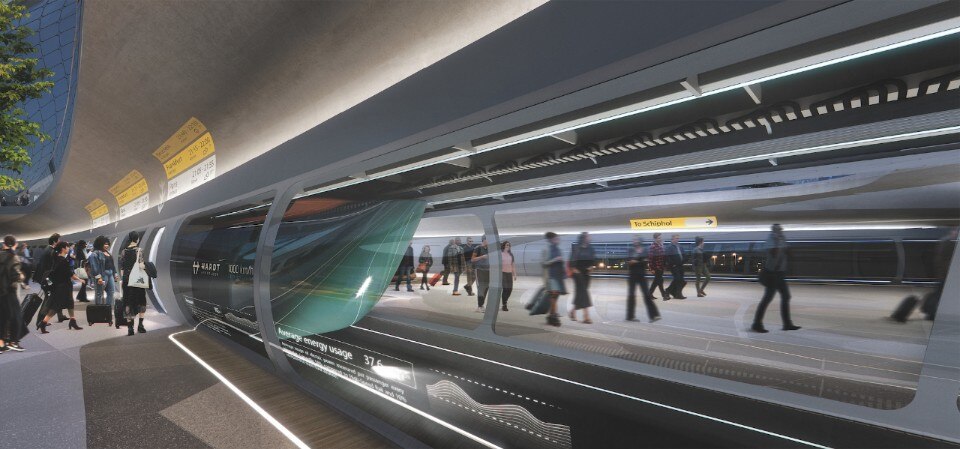
The future lies in the hands of innovative minds who are capable of combining creativity with digital technologies. UNStudio’s Futures team is partnering with the Hardt Hyperloop consortium to explore the possibilities of Hyperloop technology in Europe. By partnering with Hardt, UNStudio is helping to shape the future of travel by developing a spatial and urban integration strategy that enables Hyperloop technology to deliver sustainable and inclusive economic growth to a network of European cities. The UNStudio Futures team focusses on anticipating the future through research and strategic interventions at the confluence of social, technological and environmental changes.
Ren Yee, Head of Innovation Strategy and Forecasting, UNStudio & UNSense: “The hyperloop system has the potential to address multiple challenges at once. With globalisation has come the interdependency of different nations – economically, politically and socially – we think Hyperloop has the potential to help with all of those challenges.”
The Netherlands in particular has always been deeply connected to the rest of the world in trade, and today is no different, as the nation’s population continues to grow (expected to reach hit 18.4 million by 2060), boosted also by highly educated migrants. These populations will be urban and are currently assessed to occur in three main cities: Rotterdam, The Hague and Amsterdam. Hyperloop would enable us to expand and to connect our cities beyond the Randstad, from north to south and west to east. It would be possible to comfortably live and work wherever you choose, without worrying about municipal, provincial or maybe even national borders. The Hyperloop would give us access to a single area to live and work with over 30 million inhabitants, connected by a reliable, safe and sustainable ultra-high-speed network.
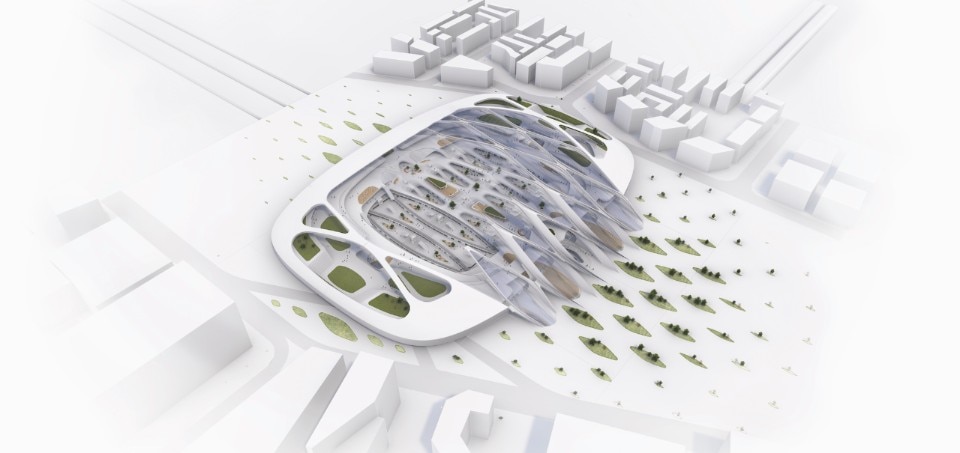
A station powering a region
Despite advances in digital communication, our globalised knowledge economy requires us to be highly mobile, because despite rapid advances in communication and virtual reality technology, our distinctly human desire to be together in physical space persists. In the future, people will potentially have multiple jobs and roles at once and work for several clients (the time of working a single job until we could retire with a healthy pension could soon be but a distant memory).
This means that, in the long term, many more people will start to travel and that the distances will only grow. You might work in Breda today, head to Enschede tomorrow and be based in Amsterdam next week.
Despite advances in digital communication, our globalised knowledge economy requires us to be highly mobile, because despite rapid advances in communication and virtual reality technology, our distinctly human desire to be together in physical space persists. In the future, people will potentially have multiple jobs and roles at once and work for several clients (the time of working a single job until we could retire with a healthy pension could soon be but a distant memory). This means that, in the long term, many more people will start to travel and that the distances will only grow. You might work in Breda today, head to Enschede tomorrow and be based in Amsterdam next week.
If we continue to use fossil based energy to make these journeys, we will destroy our planet. With summer 2018 providing some of the hottest temperatures on earth since records began, the carbon budget to avoid 2 °C of global warming may be far smaller than estimated. The urgency of this situation means we must act now to develop a cleaner and better alternative to long-haul transport. Lucienne Krosse, Thematic Leader Intelligent Energy Efficient Buildings and Cities, InnoEnergy: “The hyperloop uses clean energy and is perfect for commuters between the major European cities. With the exponential growth in air traffic and the related CO2 emissions, it is vitally important that the development of the hyperloop receives an extra boost to accelerate the actual implementation and European rollout.”
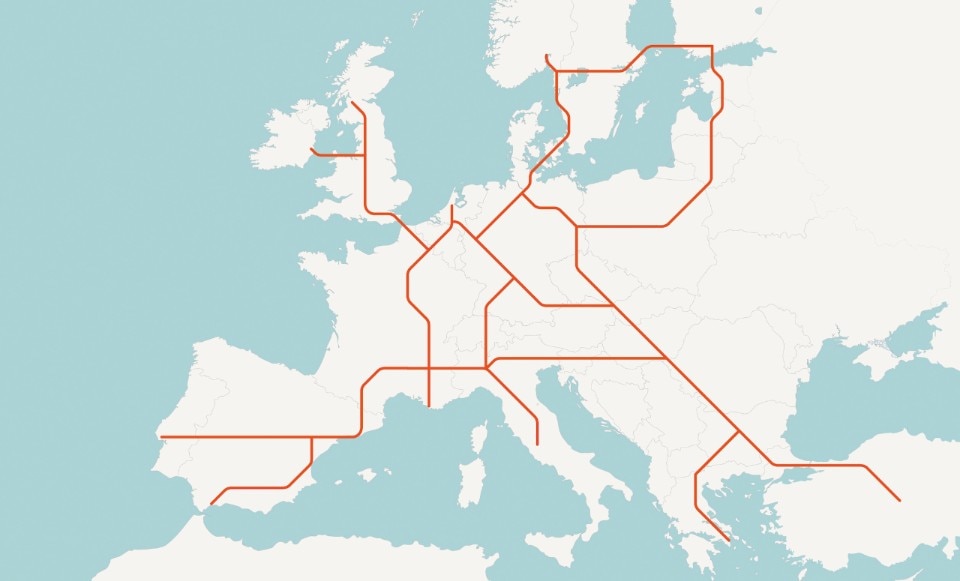
Hyperloop is currently the only viable transportation alternative in development – and the technology already exits. The Hyperloop infrastructure produces no sound or environmental emissions. Integrated solar panels along the network’s tubes will offer the necessary energy to power the technology, meaning that the network will be entirely net-zero energy, running not only its own modules but also first-and-last-mile transit which connects up to it: autonomous vehicles, buses and bicycles. All part of one integrated and clean system. Ben van Berkel: “In the very near future, buildings will function as batteries, providing energy not only for their own immediate needs, but also for surrounding public amenities and transportation modes.”
With advancements in the production of renewable energy progressing apace, the missing piece of the puzzle becomes storage in a system of high volatility. Grid-scale chemical batteries are growing fast because their modular nature means they can scale indefinitely and integrate into built structures with ease. What if each Hyperloop station acted as a battery for solar energy produced, not only by the station itself, but also along the network?
Environmental concerns and population growth create infrastructural challenges that can’t be resolved with current modes of transport
UNStudio believes that this could bring about a shift away from dependency on centralised power plants and towards energy storage that connects to local micro-grids. Surplus energy produced at the transfer hubs and along Hyperloop’s tubes would power the autonomous vehicles, buses and bicycles which passengers can switch to in order to complete their journey. The station then becomes a battery which regulates the highs and lows of the solar-powered system, as well as regulating its internal environment through high-performance materials which respond to changing heat, light and humidity levels within. Arjan Dingsté Director / Senior Architect, UNStudio: “Whereas high-speed rail provided a welcome and comfortable alternative to long distance inter-city travel, it was never a viable alternative to transactional travels. Hyperloop however is just that. And by integrating Hyperloop stations as mixed-use transfer hubs in our cities, we will not only be able to secure fast inner city accessibility, we will also be able to link to other forms of sustainable public transport and provide innovative last mile transportation.”.


